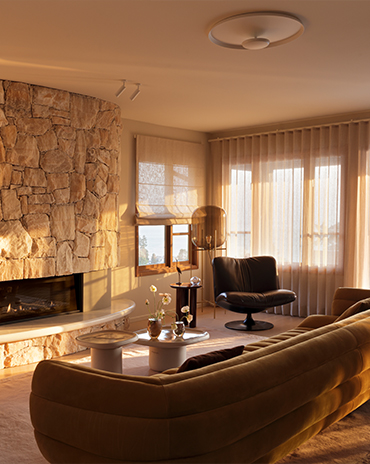Copyright © 2025 Motivate Media Group. All rights reserved.
Willo Perron discusses the new cultural zeitgeist in design
Perron is the mastermind behind some of the most recognisable moments in contemporary pop culture.

Canadian-born Willo Perron is difficult to define – and he seems to like it that way. One of the most prolific and versatile designers of his generation, Perron is the mastermind behind some of the most recognisable moments in contemporary pop culture. Whether it is floating a life-size inflatable yellow Ferrari over a crowd at a Drake concert, or designing the Yeezy stores for Kanye West, Perron has had a hand in it all. His LA-based design practice, Perron-Roettinger, works across various disciplines, including interior design and furniture. We catch up with Perron over Zoom to learn more about design’s grey areas.
Your scope of work is so vast and diverse, without any specific disciplinary boundaries. Where does that stem from? I think it’s a mix of things. I think that in the past, disciplines had a lot to do with technique and learning technique, and then the accessibility to technique became a lot easier. In the past, if you wanted to take images, you would need a fancy camera or a dark room; now you can just grab your phone. To be a graphic designer you needed a $10,000 scanner and printer, and computers were super expensive. I think the boundary of mediums had a lot to do with technique. I’m kind of the first generation of people with the ‘all you need is a laptop and iPhone’ attitude. The second part of that is that I’m easily bored. I’m not the kind of person who finesses a craft because then I feel like I’m just locking myself into a corner, doing the same thing over and over. And thirdly, I didn’t have a formal education which has permitted me to just try things. Not jokingly, but most of my career is mistakes. It’s just having the courage to try things and mess up and to realise that messing up is part of the process.
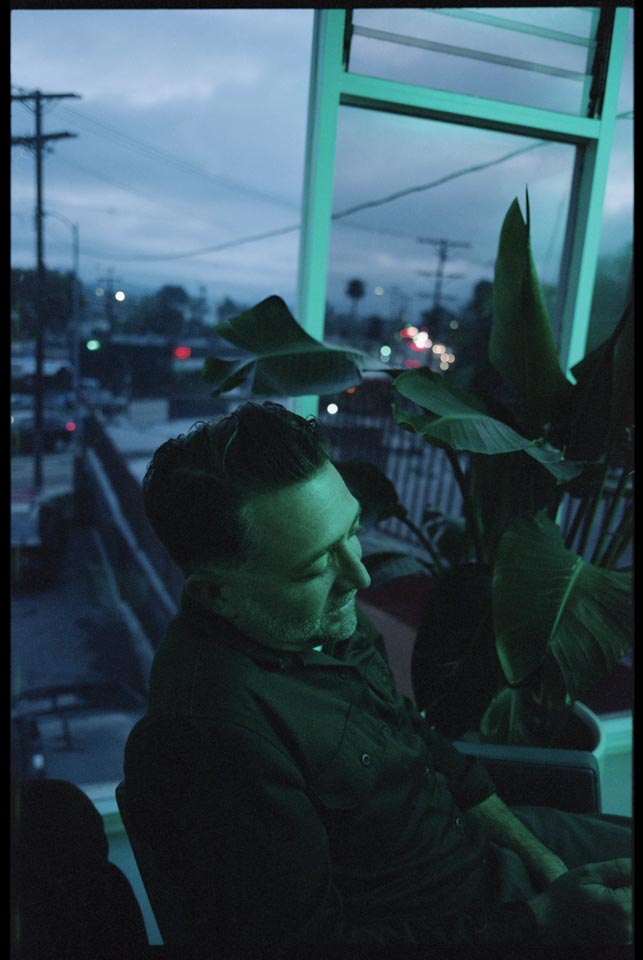
Photo by Vincent Haycock
What you do has been defined in so many ways. What title do you feel most comfortable with? I lean towards designer, it’s unpretentious. The term ‘creative director’ got co-opted by everything and everybody, so it has almost zero value even though that probably best describes what I do – but the term doesn’t make sense anymore. A lot of what I do is strategy and thinking about things. A designer doesn’t quite encompass all of that but when people ask me what my office is, I say ‘it’s a design studio’. At the end of the day, designers are problem solvers so what we do is solve ‘problems’ in the cultural sphere or graphic sphere.
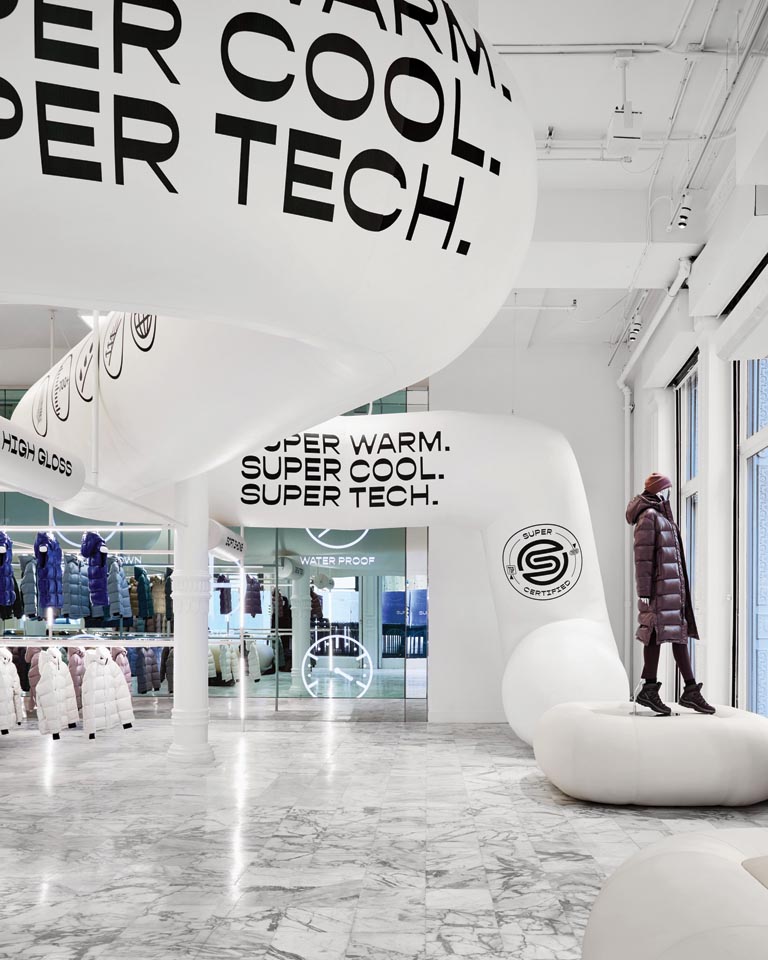
As someone whose work is an amalgamation of so many different mediums, how would you describe ‘design’? I think it relates back to what I was saying about solving problems – and not necessarily problems that are roadblocks. If I take a person I’m working with or a brand, the problem would be ‘how do you best represent that in the medium that you’re working with?’ Like, what is the best version of an interior for so-and-so brand? It’s about pushing things forward and trying new things but also really respecting the idiosyncracies and subtleties and what has been built into that space already, and understanding who the audience is – it is all part of design. I think a lot of design is driven by ego; this idea that you have the right vision for what the world should be, and everybody should fall into that. But my practice is very much about ‘how does this person feel in that environment?’
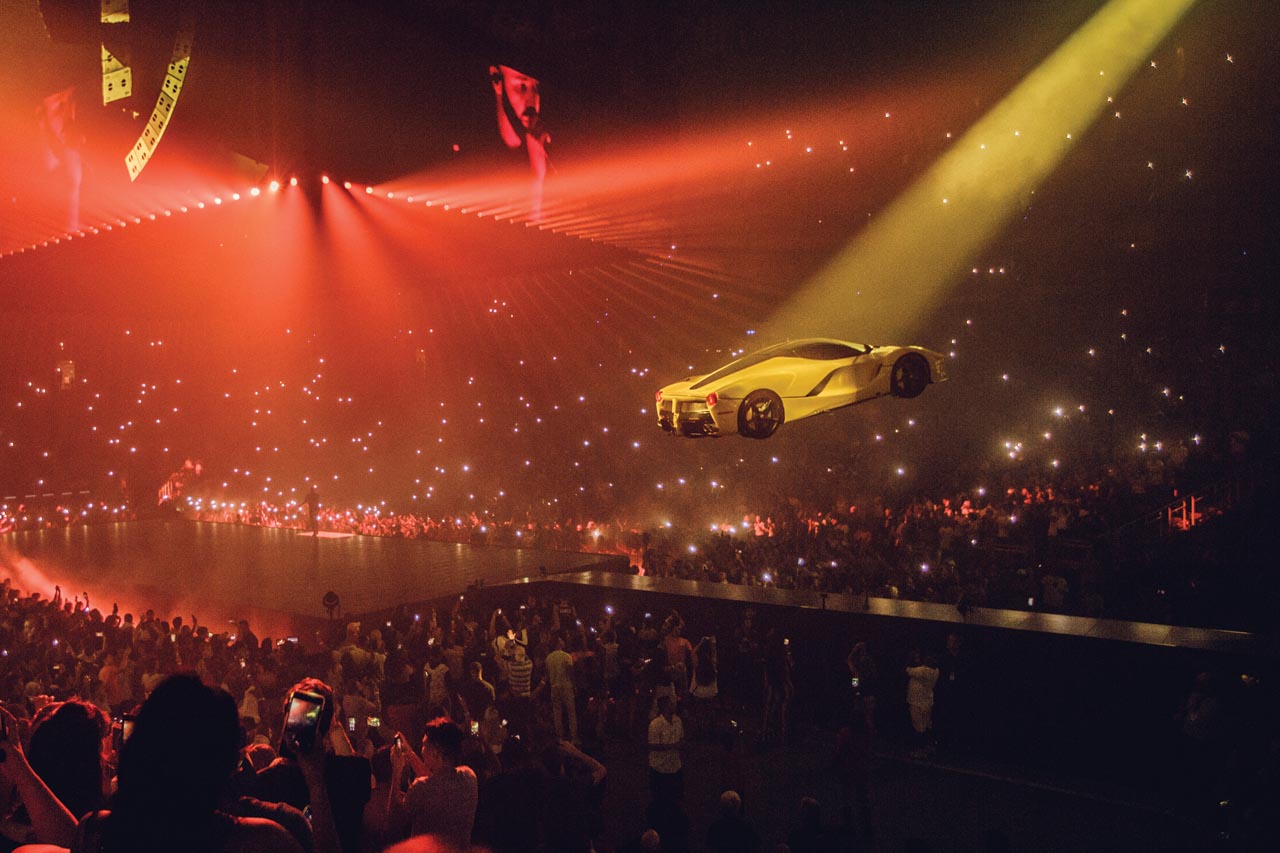
Although you’ve worked with so many different brands, there is a sense of stylistic consistency in your work. How do you maintain it with such a vast portfolio of collaborations? There is definitely me in a lot of these collaborations. From a young age I always thought of my career and my voice starting later in life. I was very driven but I’m also very curious and adaptive and collaborative. So, I’ve just been taking in all the information for the first 20-25 years that I’ve been working. I think now I am starting to develop what my identity looks like. You being able to see the consistency in the work is probably more recent. In the last few years, you are starting to see a visual language that makes sense or is consistent. But also, I think that has to do with zeitgeist. Everybody is kind of seeing the same information culturally. You see it in every medium: from typography to architecture. There is this cultural zeitgeist, this collective consciousness that happens and that formulates a language.
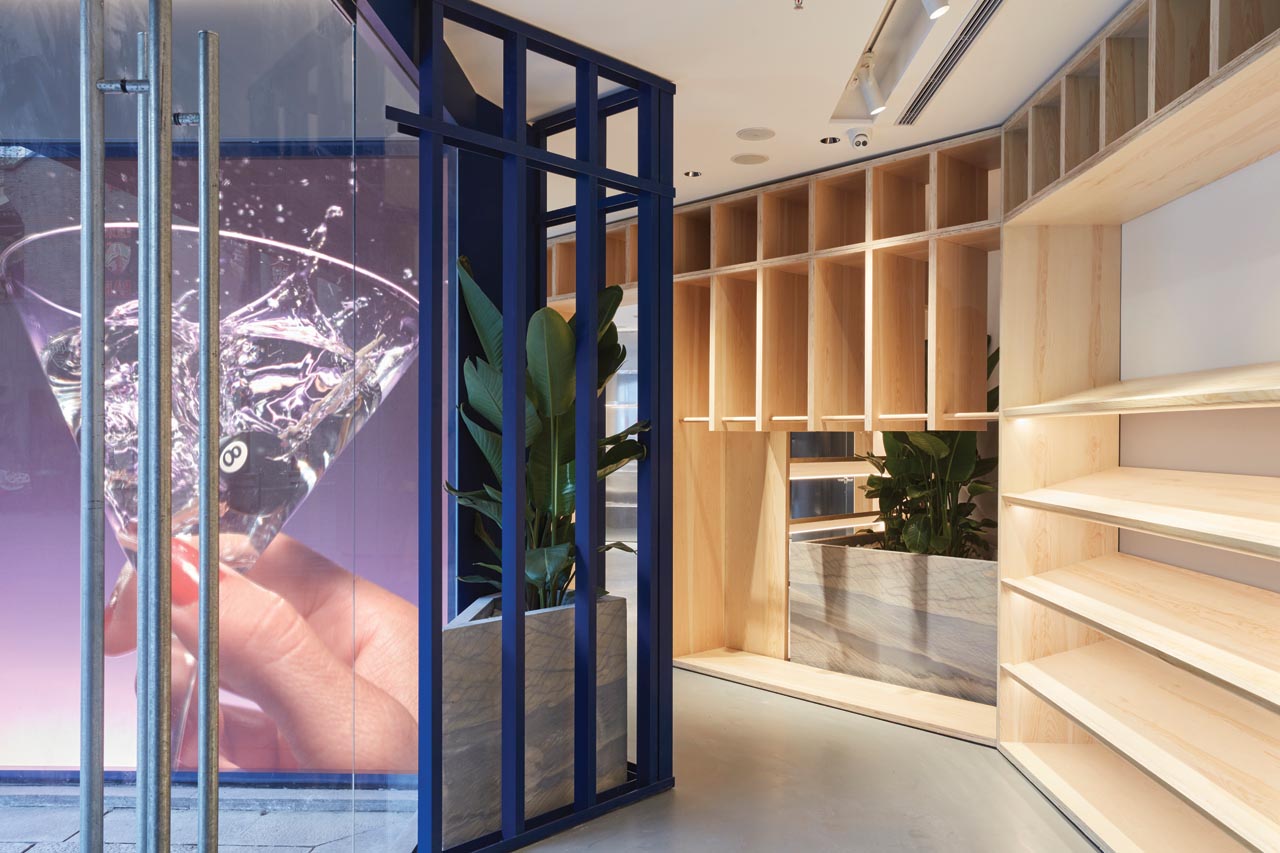
Would you say one discipline influences other parts of your work? One hundred per cent. My studio partner, Brian Roettinger, and I were talking about this the other day. He comes from academia, he used to be a professor and he used to do graphic design – that was his medium and he is a really incredible art director. We’d be doing a set and we would refer to it in graphic terms. And it’s because I work in so many different mediums that my language is this weird hybrid of architecture, entertainment shows, graphic design and product design that doesn’t really make sense to most people. It’s a totally bastardised language (laughs). It’s funny when we have to work with other mediums and other designers and we just refer to things in a ‘not-that-medium’ terminology and we realise that we spend so much time going from medium to medium that it just gets lost on a lot of people.

How do you operate when it comes to working with different scales, such as an interior or a stage design? They are pretty different. They use a different part of the brain. For an interior space, you want things to age well, for the details to be very finessed and the tactileness of the material to be present. You can touch and feel everything. Whereas with live shows, you are an observer and an observer from a distance. And really you are just trying to capture very singular iconography. Also, the detail is not polished. Backstage is pretty much wires and guts. The theatre is very front-facing and it doesn’t have quite the same finish and polish. So, you kind of have to forget about detail to do a show. It becomes more and more about bouncing back and forth between mediums and knowing that you really have to focus on the finish and the idea for the interiors, and the big iconography for shows.

Was there a point where you felt like ‘OK this is serious’ and you’re now part of this particular world? I think I’ll have to get back to you on that when I’ve finally settled in…
Oh, you’re still finding your legs? (Laughs). I think you have to. It’s complacency to think that you’re great or to think that you deserve something. I’m still learning every day and I still make mistakes. I went from being an independent director/designer to having a whole office of people and that’s been a learning curve – how to manage people and give people enough space to create. That’s a new thing for me that I have spent the last two, three years messing up to finally start to figure it out. Whether or not the level of success in my career is going to be bigger or smaller, this is not the end of creativity in the sense that this is the pinnacle. I think I built my office the way that I built it because it is kind of robust: it does interiors, architecture, furniture, graphics, products, music – so if any one thing becomes uninteresting or less important for me, I can still live.
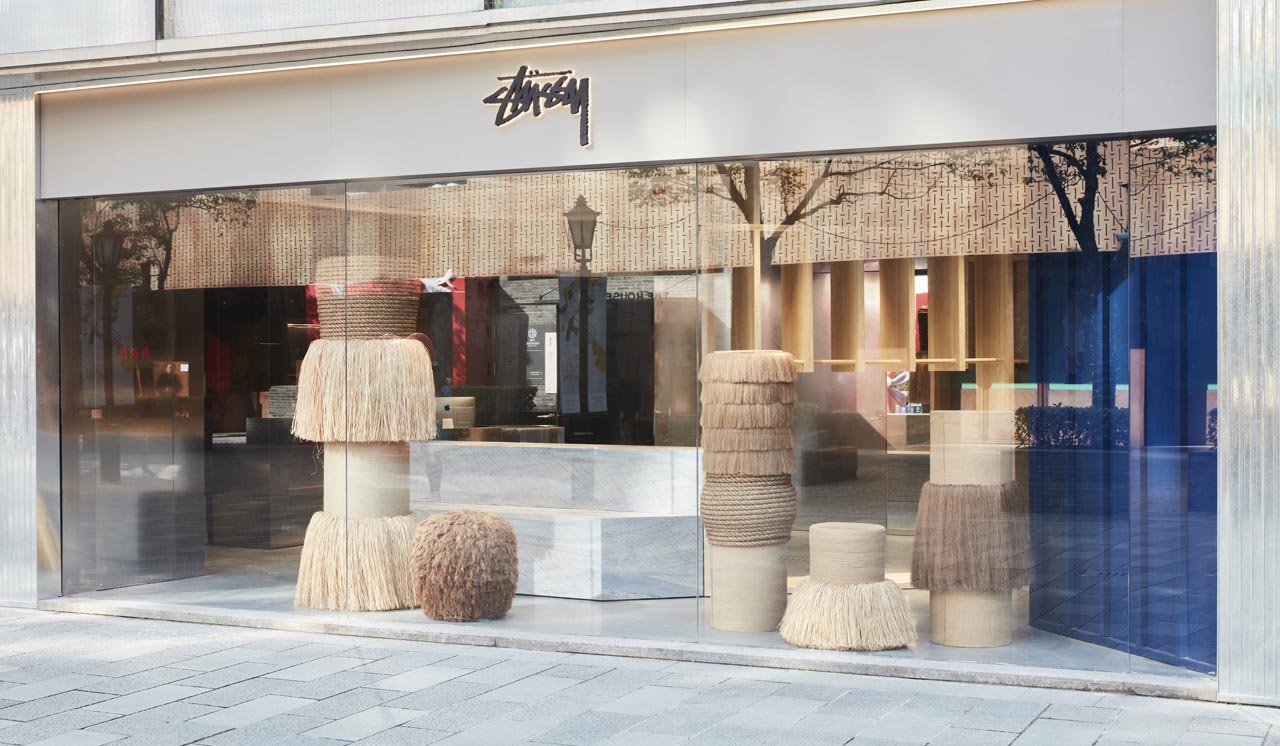
So, when did you get into interior design? I first did a bunch of local stores in Montreal and then we started building the American Apparel chain in the early 2000s. I’ve always designed little stores. I did two stores for Stüssy back in 2008 and then we didn’t really do any new stores with them until 2017. And now we probably do about eight, 10 stores for them a year. Me investing back into interiors was just really a sense of looking at my future and thinking ‘guys in music don’t age well’. I don’t want to be a guy dyeing his hair black and wearing skinny jeans at 60, with a TikTok account. They are all trying to stay hip with the kids and I just want to age like a normal person. So, I just looked at my life and my work and thought ‘what do I care about profoundly and what do I see myself being able to do for maybe the rest of my life?’ I love architecture and furniture and interior space, and I have always done that, so I thought ‘let me just veer my attention towards there’.
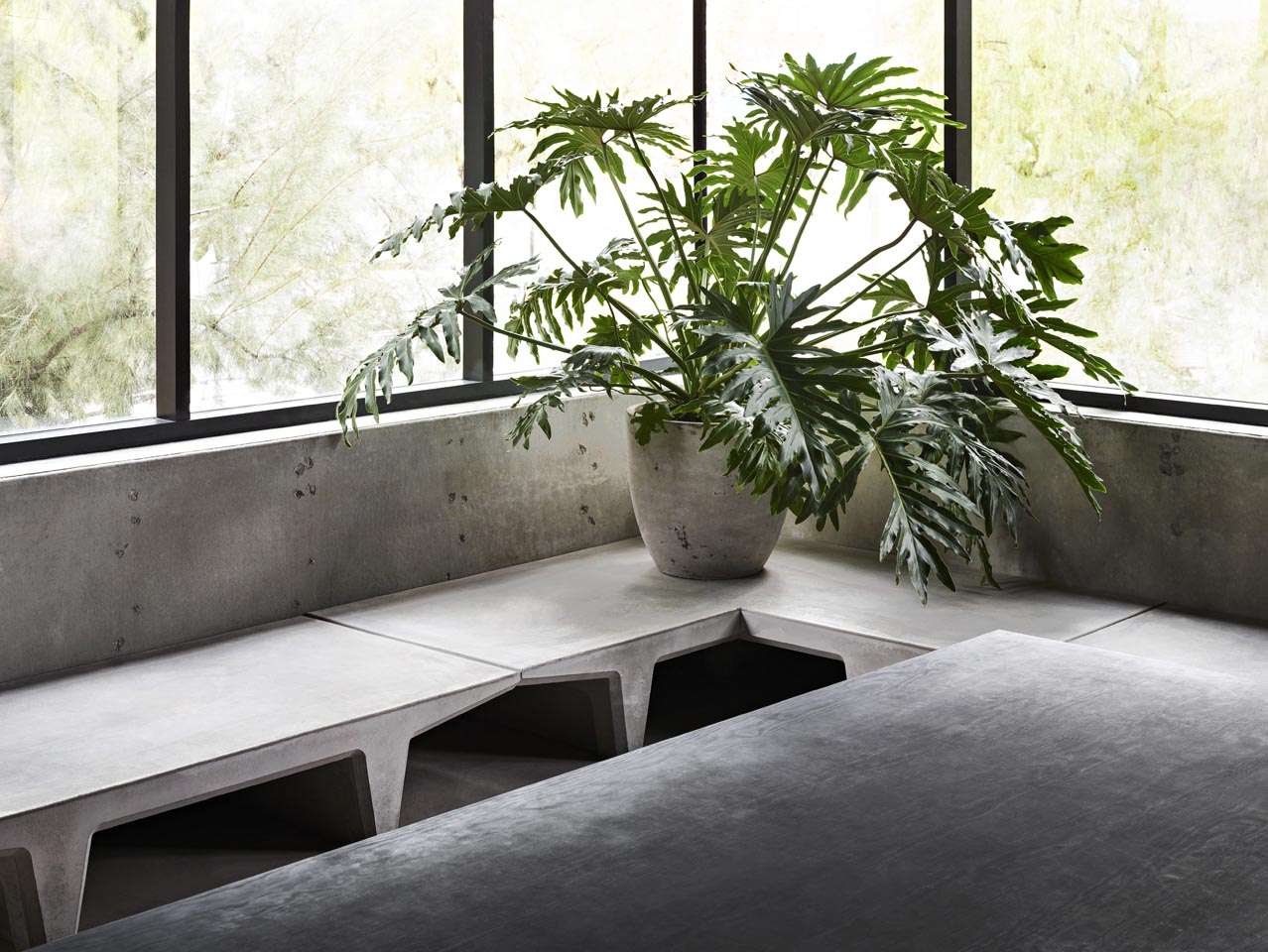
And you’re mostly focusing on retail? I guess your cultural and entertainment work translates smoothly into the retail experience. It’s a bit all over the place. We are doing a few residential projects [as well as] retail projects and a couple of commercial projects, and we are also working on a museum at the moment. It has taken a real form in the last two years. But I think with the impasse in shopping, ground commercial spaces will begin to get much cheaper as it’s not going to be as in-demand. So, you are going to get much bigger spaces to work with and they are going to be a hybrid of entertainment and shopping. I don’t think that these big marble mausoleums that make up a lot of luxury goods stores, where you just put things on the rack and just switch the rack four months later, is going to work anymore. There is no reason to leave your house. So, we need to give people a reason. These spaces have to be entertaining or social – they have to be thought through further than is the case now. A bit of what we are starting to do is beginning to put that language into the retail spaces that we do. I think what’s interesting is that the entertainment background is going to come in very handy in this new hybrid retail space of the near future.
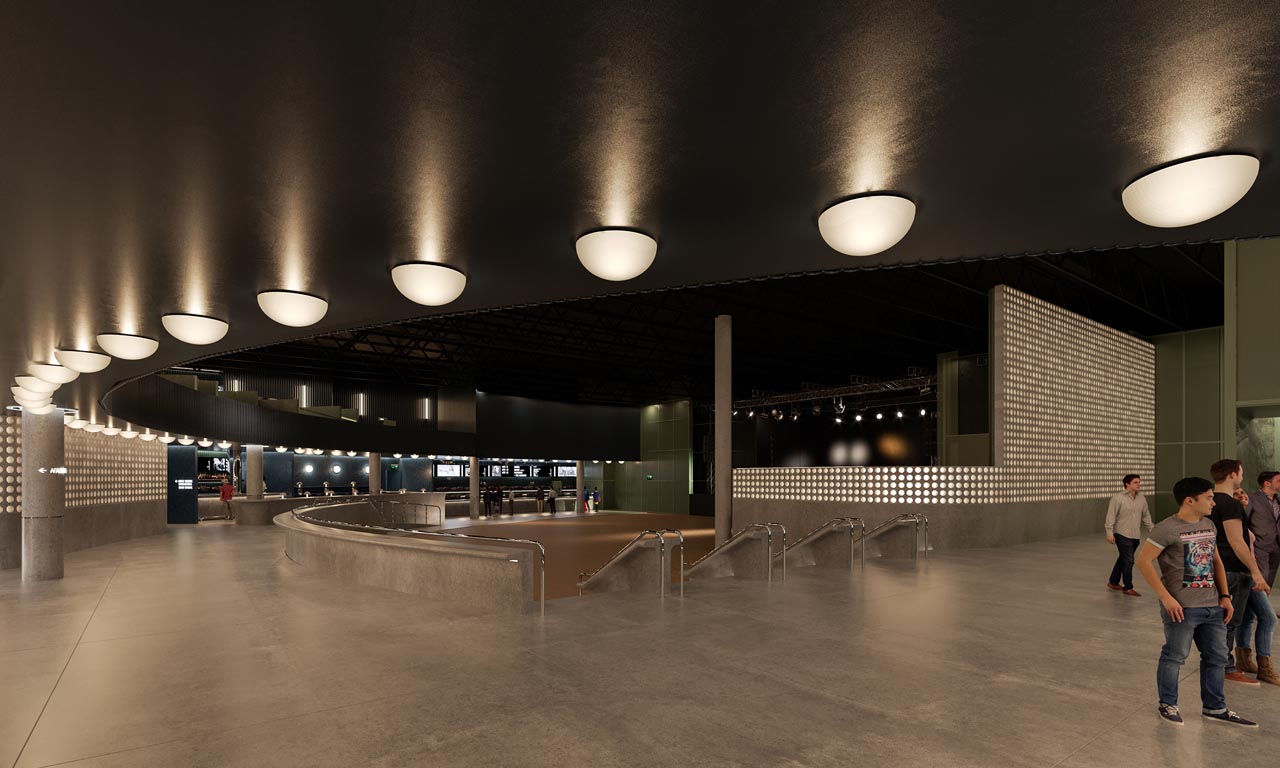
From the time you first started until now, what would you say have been some of the biggest shifts? What is particularly different in the way that you’re navigating the design landscape? I think references and inspiration were real research 20 years ago. You had to travel and find some book in a Tokyo library about something you’ve never heard of. I would spend days in bookstores, in museums, and shoot photos and develop them. Even cataloguing things was a process. Now it’s just folders on your desktop. And not to be like ‘oh, the good old days’, but there was a sense of tactileness. I remember one of my old assistants came to my office after he had left, and he’s younger than me by 10 plus years. He was going through my library at the office and he found this book that I got in Japan 20 years ago and have been waiting to use certain references. He just started taking photos of the book and posted it. I have saved this thing for a really long time and I freaked out. For one, you are showing the world something as if it’s yours and also, you’re blasting out my reference material. But that doesn’t exist anymore. That moment for me made me realise that ‘oh, there is no such thing now as proprietary reference material’. Everybody is looking at the same stuff now. So, it’s about ‘how do you take all this stuff and filter it through your own version?’ When you see people’s mood boards, it’s all the same images. So now it’s about what you make of it, how you filter it. And people have been very creative with doing different versions of things.
A the second part of my answer to that question is: I think in the last decade we have gone through this new version of post-modernism. The thing about the post-modernists is that they really didn’t care about what happened before or what will happen after that, they just looked at their own belly buttons. And what you get in those moments are things like hybrid art deco with futurism and this weird garbage-y thing and you put 3D on it. Anybody who is from academia or some school of thought will just start freaking out. It doesn’t make sense. I think it created a lot of trashy stuff but it’s kind of interesting to watch. That being said, I think we are now starting to go back to more conventional referential moments because people are now thinking, ‘ok, that was crazy’. It was like everyone bought a bunch of weird stuff they were never going to wear and now they want a classic wool jacket and don’t want their couch to be a squiggly line. It’s like the internet went totally haywire and it’s the same thing that happened in the ‘80s. But also, a lot of great things happened in those haywire moments like hip hop, punk rock, dance music – it all happened in that weird bleep in the radar.

You mentioned earlier that you have only begun developing your voice. What does that voice look like? I hope it is something that keeps developing. I always refer to Baldessari or Warhol – they did all this experimental stuff, and everybody remembers Baldessari for black-and-white photos with big dots on their heads although he made sculptures and shot videos and did installations; it was the same with Warhol. People think about him and screen prints. Frank Gehry did all this incredible stuff and people just think Bilbao and the Disney Hall. I’m not at my screen printing or my dots on people’s heads or my Bilbao just yet. I think it’s still experimental. Maybe one of the things I do now is going to be my pop screen prints.
The Latest
Highlights of the Biennale Architettura 2025
We shine a light on the pavilions from the Arab world at the Venice Architecture Biennale, on display until Sunday 23 November 2025
Read ‘Bold Design’ – Note from the editor – July/August 2025
Read identity magazine's July/August 2025 edition on ISSUU or grab your copy at the newsstands.
Things to Covet in June 2025
Elevate your spaces with a pop of colour through these unique pieces
Designing Spaces with Purpose and Passion
We interview Andrea Savage from A Life By Design – Living & Branding on creating aesthetically beautiful and deeply functional spaces
Craft and Finesse
EMKAY delivers a bold and intricate fit-out by transforming a 1,800 sqm space into SUSHISAMBA Abu Dhabi, a vibrant multi-level dining experience
An Impressive Entrance
The Synua Wall System by Oikos offers modularity and style
Drifting into Summer
Perennials unveils the Sun Kissed collection for 2025
The Fold
Architect Rabih Geha’s collaboration with Iwan Maktabi
From Floorplans to Foodscapes
For Ayesha Erkin, architecture was never just about buildings, but about how people live, eat, gather and remember
Between Sea and Sky
Cycladic heritage, heartfelt hospitality and contemporary design converge on Deos Mykonos, designed by GM Architects
A Fresh Take on ’70s Style
Curved shapes and colourful artworks bring vibrancy to this contemporary home with mesmerising nature views
















